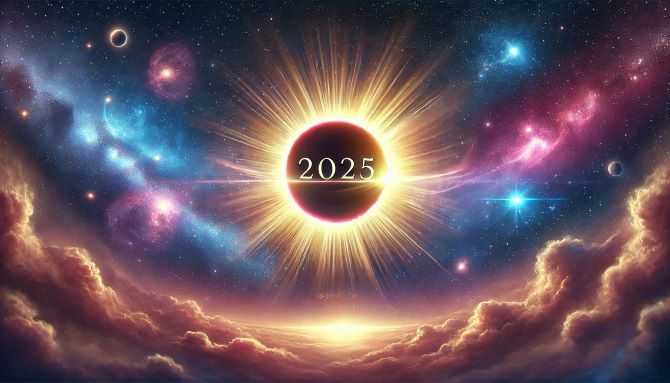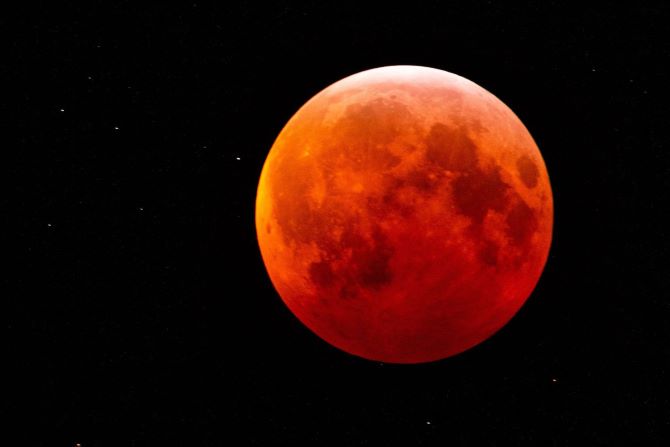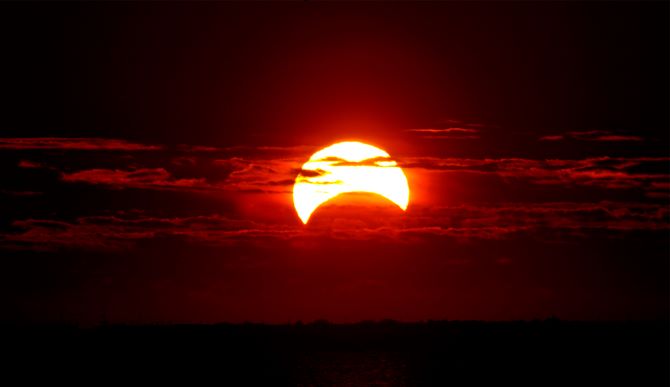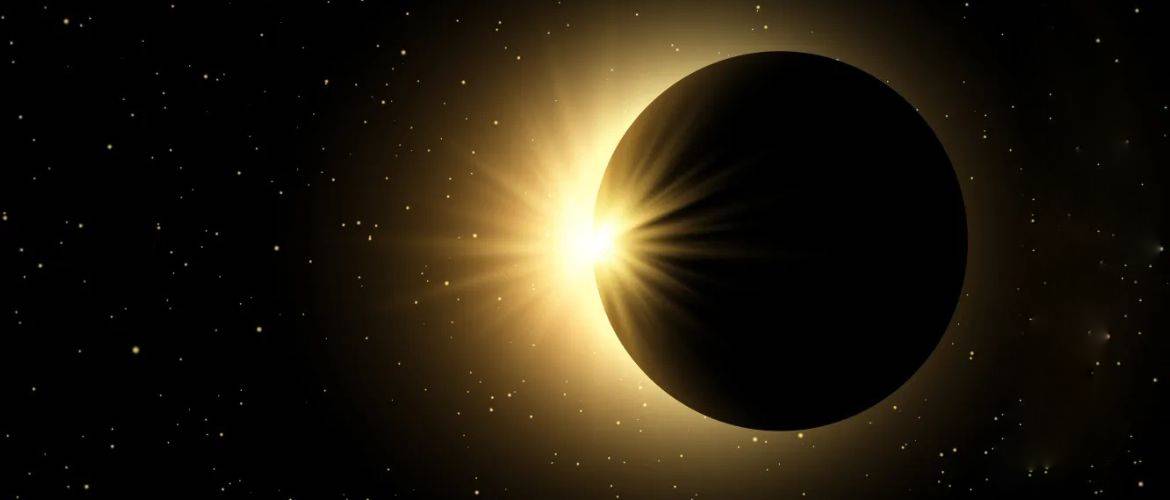The year 2025 promises to be remarkable for astronomy lovers and those fascinated by celestial events. Throughout the year, we will witness several solar and lunar eclipses, offering not only visual delight but also numerous moments for reflection. At Joy-pup, we delve into when and where the eclipses of 2025 will occur.

Eclipses in 2025
In 2025, four eclipses are expected: two lunar and two solar. The pairs of eclipses are grouped in time—typically, a lunar eclipse is followed by a solar eclipse (or vice versa) about two weeks later.
During a lunar eclipse, the Moon temporarily disappears from the sky, which may lead to emotional instability. People tend to react more impulsively and experience heightened emotions during this time, making it important to avoid dramatic situations.
In contrast, a solar eclipse obscures the Sun, potentially affecting confidence levels and complicating decision-making. Unexpected events may arise, so staying attentive and adaptable is key.

Total Lunar Eclipse — March 14, 2025
- Time: The eclipse will begin at 06:58 UTC and end at 14:00. The maximum phase will occur at 10:58 and last for 6 hours.
- Description: During a total lunar eclipse, the Moon doesn’t vanish from the night sky but changes its color. Instead of its usual yellowish-white, it takes on a deep dark red hue.
- Visibility: Such eclipses are usually visible in the night-time part of the Earth. Preliminary calculations suggest that this lunar eclipse will be best observed in most of Asia, Australia, over the Pacific and Atlantic Oceans, as well as parts of North and South America.

Partial Solar Eclipse — March 29, 2025
- Time: The year’s first solar eclipse will begin at 8:50 UTC and end at 12:43 UTC. The maximum phase will occur at 10:47 UTC, lasting 4 hours.
- Description: During a partial solar eclipse, the Moon covers only a portion of the Sun, making it appear crescent-shaped. This phenomenon occurs when the Sun, Moon, and Earth do not align in a perfectly straight line, so the Moon casts only a partial shadow.
- Visibility: The eclipse on March 29, 2025, will pass through regions of North and South America and the Arctic. Partial phases (incomplete Sun coverage by the Moon) may also be visible in a wider area, including North Africa, Eastern Europe, and significant parts of Asia.
Total Lunar Eclipse — September 7, 2025
- Time: The eclipse will begin at 15:28 UTC and end at 20:55 UTC, lasting 82 minutes. The maximum phase will occur at 18:11 UTC.
- Description: The entire Moon will enter the Earth’s shadow. During a total eclipse, the Moon may appear reddish-burgundy due to the refraction of sunlight through the Earth’s atmosphere.
- Visibility: A total lunar eclipse is typically visible over a vast night-side portion of the Earth. Much of Europe, Africa, Asia, and Australia will be able to see the full phases (weather permitting). Eastern regions of North and South America may witness partial phases during the beginning or end of the eclipse.
Partial Solar Eclipse — September 21, 2025
- Time: The year’s last eclipse will begin at 17:29 UTC, peak at 19:41 UTC, and conclude at 21:53 UTC.
- Description: The Moon will “bite off” a fragment of the Sun’s disk but will not completely cover it.
- Visibility: The partial eclipse on September 21, 2025, will be visible in Australia, Antarctica, and over the Pacific and Atlantic Oceans.







Only registered users can leave comments